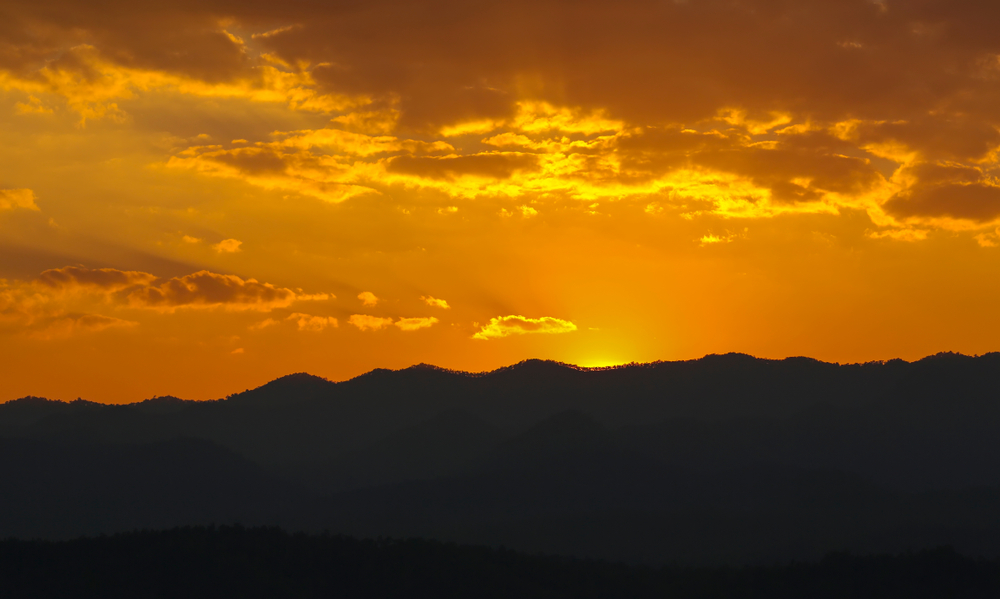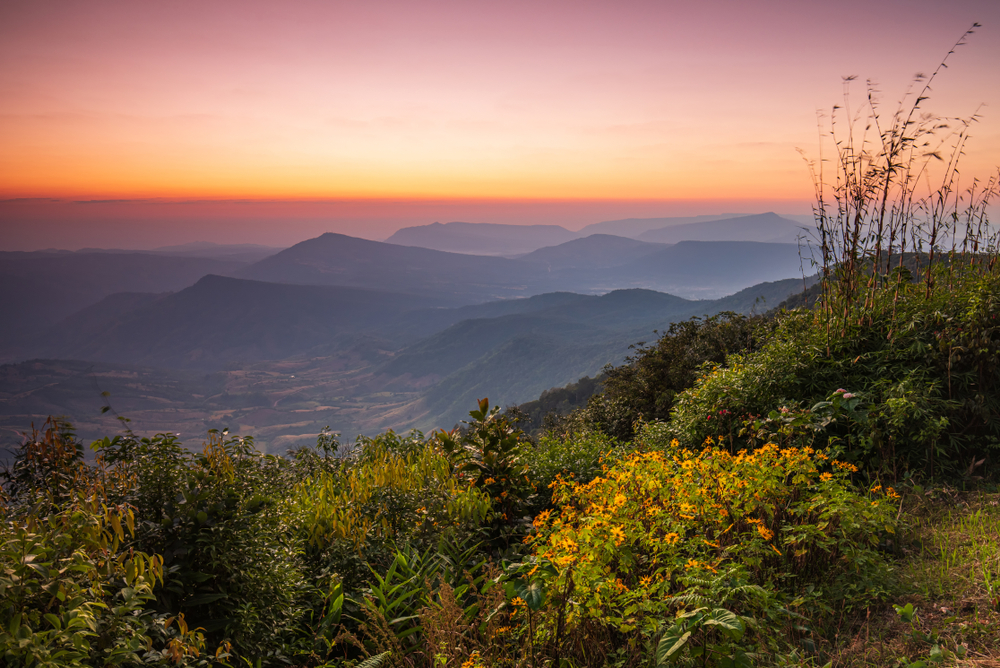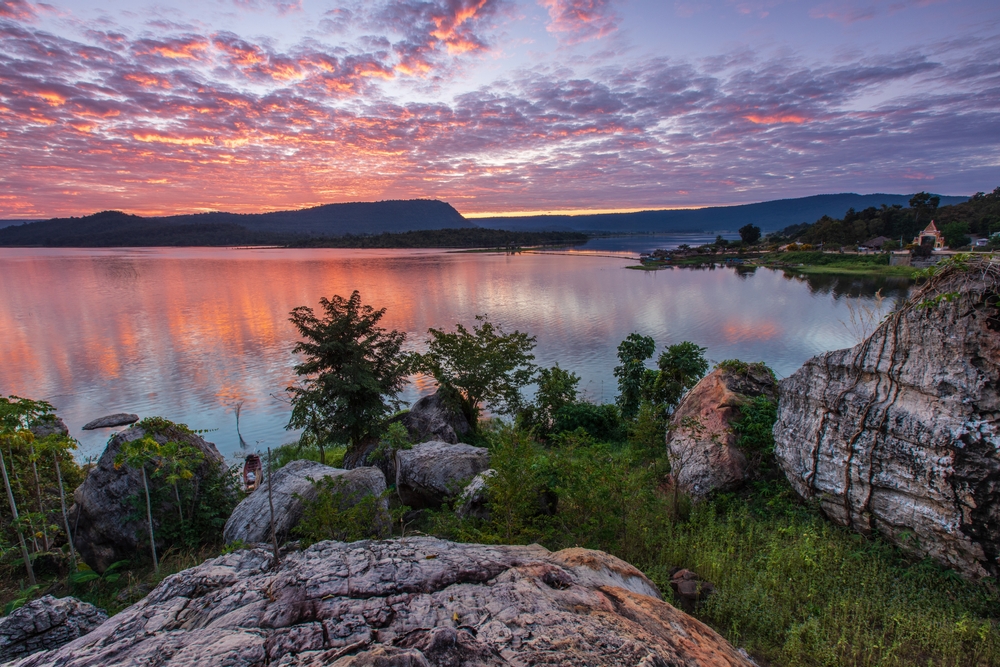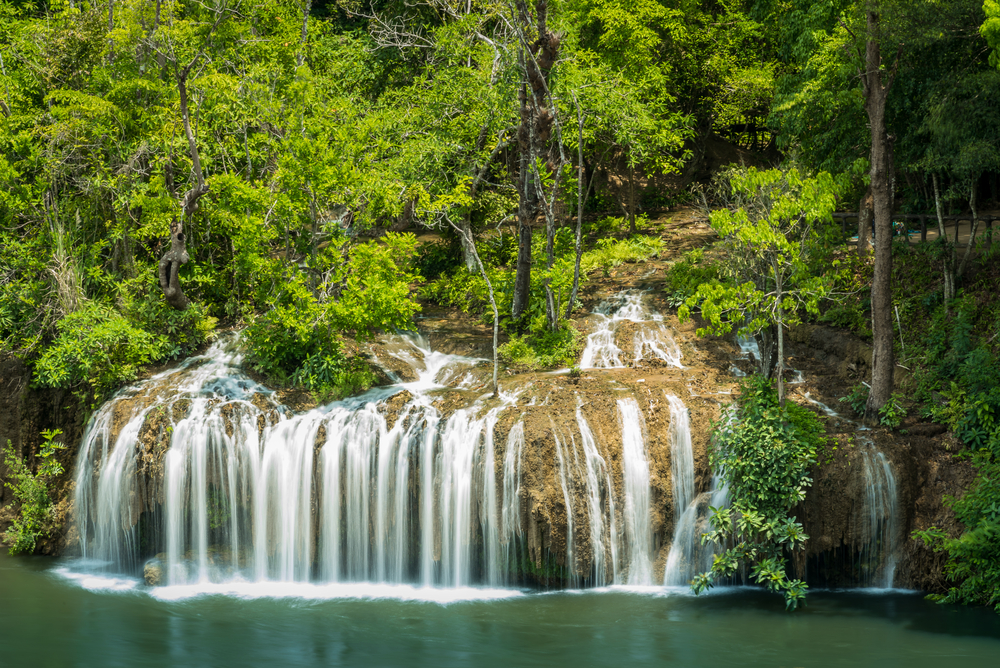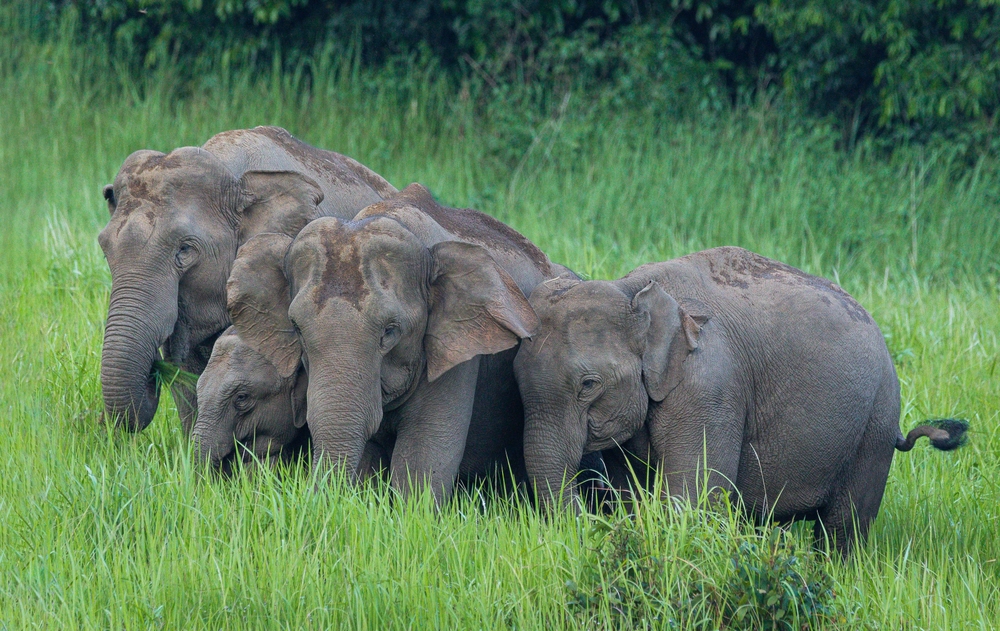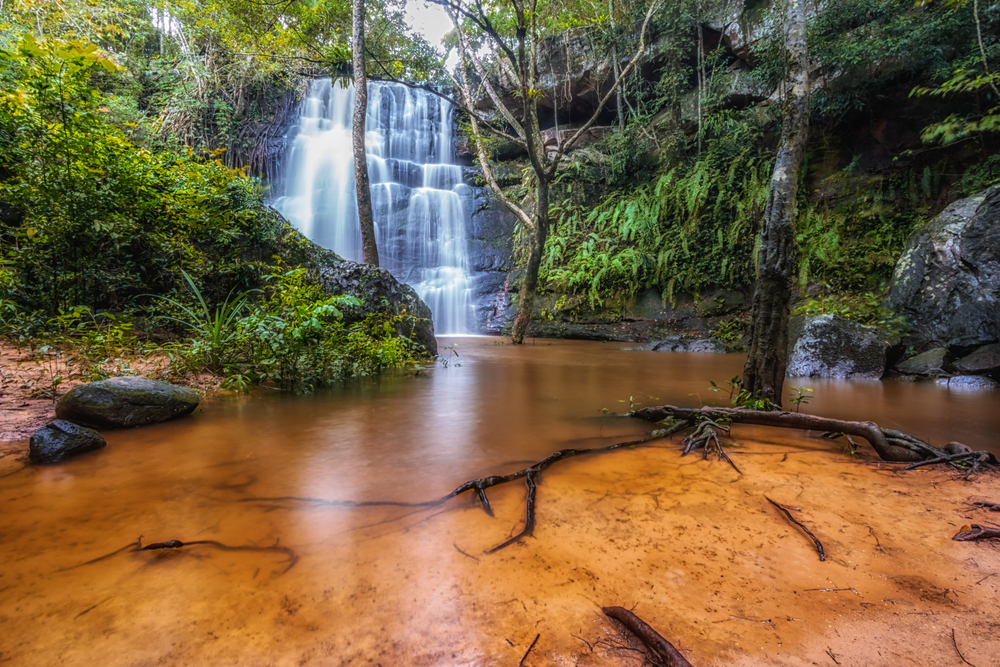Salawin Overview
Salawin National Park, also referred to as “อุทยานแห่งชาติสาละวิน” in Thai, is a captivating protected area located in Mae Hong Son Province in northern Thailand, near the border with Myanmar.
Spanning approximately 554 square miles (1,435 square kilometers), the park is named after the Salawin River, a defining geographical feature that flows through the area. The river, known as the Thanlwin River in Myanmar, is one of the last major undammed rivers in the region, adding to the park’s natural and ecological significance.
The park’s terrain is a harmonious blend of rugged mountains, lush forests, and serene river valleys. Towering peaks, such as Doi Pha Mon, punctuate the skyline, while the Salawin River cuts through the dense wilderness, creating dramatic landscapes and picturesque views.
The vegetation in the park is diverse, comprising mixed deciduous forests, dry dipterocarp forests, and patches of bamboo groves. During the dry season, the riverbanks reveal sandy beaches, providing a striking contrast to the dense greenery of the surrounding forested hills.
Wildlife enthusiasts visiting Salawin National Park can expect to encounter a variety of fauna. Key mammals include barking deer, wild boar, and Asiatic black bears, while more elusive species such as leopards and clouded leopards are occasionally spotted in the denser, more remote areas of the park.
Birdlife is equally rich, with hornbills, bulbuls, and kingfishers being prominent residents. The park’s proximity to the Salawin River enhances its biodiversity, attracting aquatic and semi-aquatic species that thrive in this riparian habitat.
Popular features of the park include scenic boat trips along the Salawin River, which provide an immersive experience of the park’s natural beauty and a chance to observe its wildlife up close. Visitors also enjoy trekking through forest trails that wind through the park’s diverse landscapes, revealing panoramic vistas and hidden waterfalls. The park’s tranquil environment makes it a favored destination for those seeking solace in nature or engaging in eco-tourism activities.
Visitors can engage with Salawin National Park in various ways, including guided hikes, wildlife observation, and river cruises. Camping is a popular option, allowing guests to immerse themselves fully in the park’s serene ambiance. Local communities also play a role in eco-tourism by offering cultural experiences that provide insights into traditional ways of life.
Conservation is a priority for the park’s management, as the region faces challenges such as illegal logging, poaching, and land encroachment. However, ongoing efforts, including community-based conservation programs and collaboration with local stakeholders, have shown promise. These initiatives aim to preserve the park’s unique biodiversity while supporting sustainable livelihoods for nearby communities. The park’s designation as a protected area has also helped mitigate threats to the Salawin River, ensuring the preservation of its ecological importance.








































































